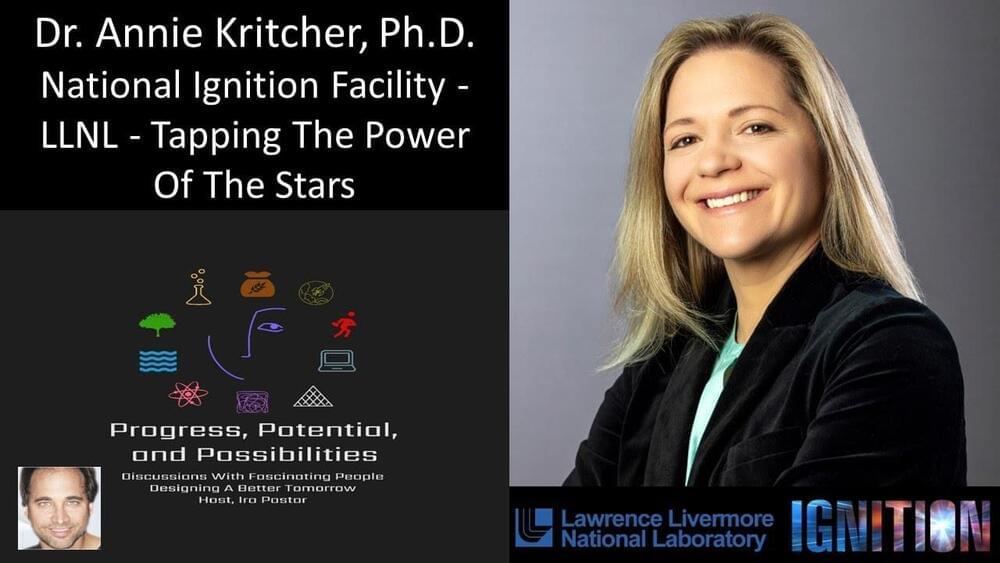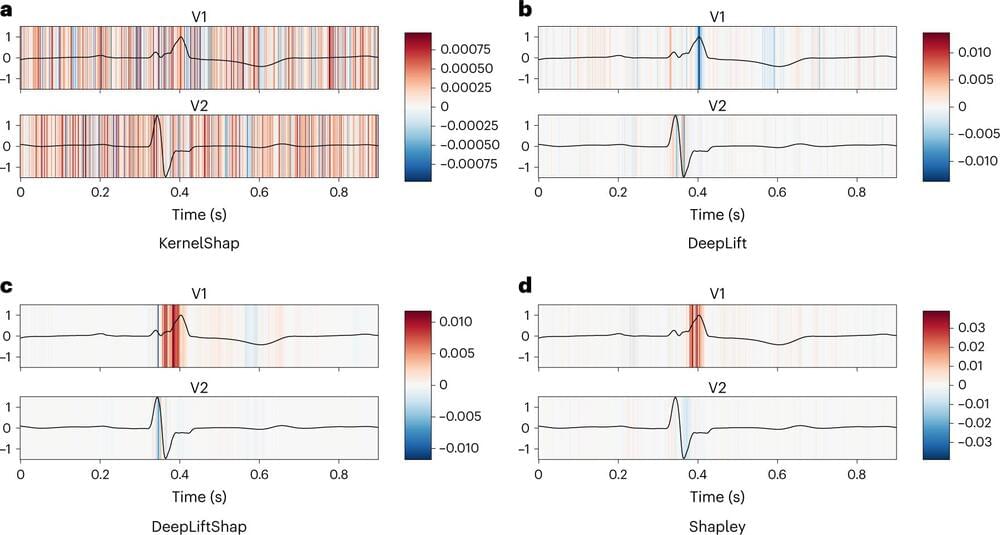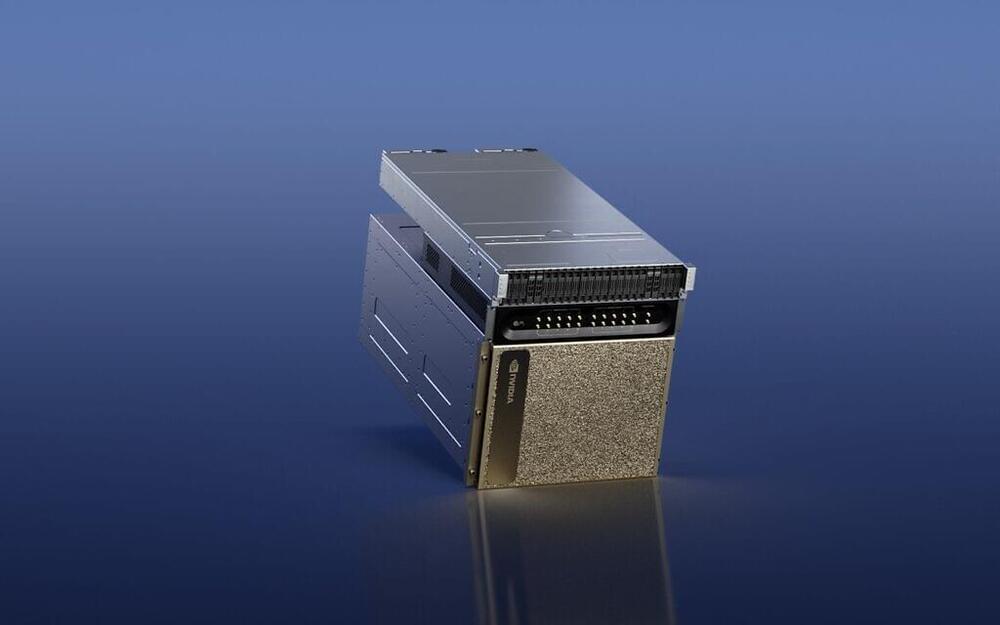Mar 29, 2023
Generative AI set to affect 300 million jobs across major economies
Posted by Raphael Ramos in categories: economics, employment, law, robotics/AI
The latest breakthroughs in artificial intelligence could lead to the automation of a quarter of the work done in the US and eurozone, according to research by Goldman Sachs.
The investment bank said on Monday that “generative” AI systems such as ChatGPT, which can create content that is indistinguishable from human output, could spark a productivity boom that would eventually raise annual global gross domestic product by 7 percent over a 10-year period.
But if the technology lived up to its promise, it would also bring “significant disruption” to the labor market, exposing the equivalent of 300 million full-time workers across big economies to automation, according to Joseph Briggs and Devesh Kodnani, the paper’s authors. Lawyers and administrative staff would be among those at greatest risk of becoming redundant.


















